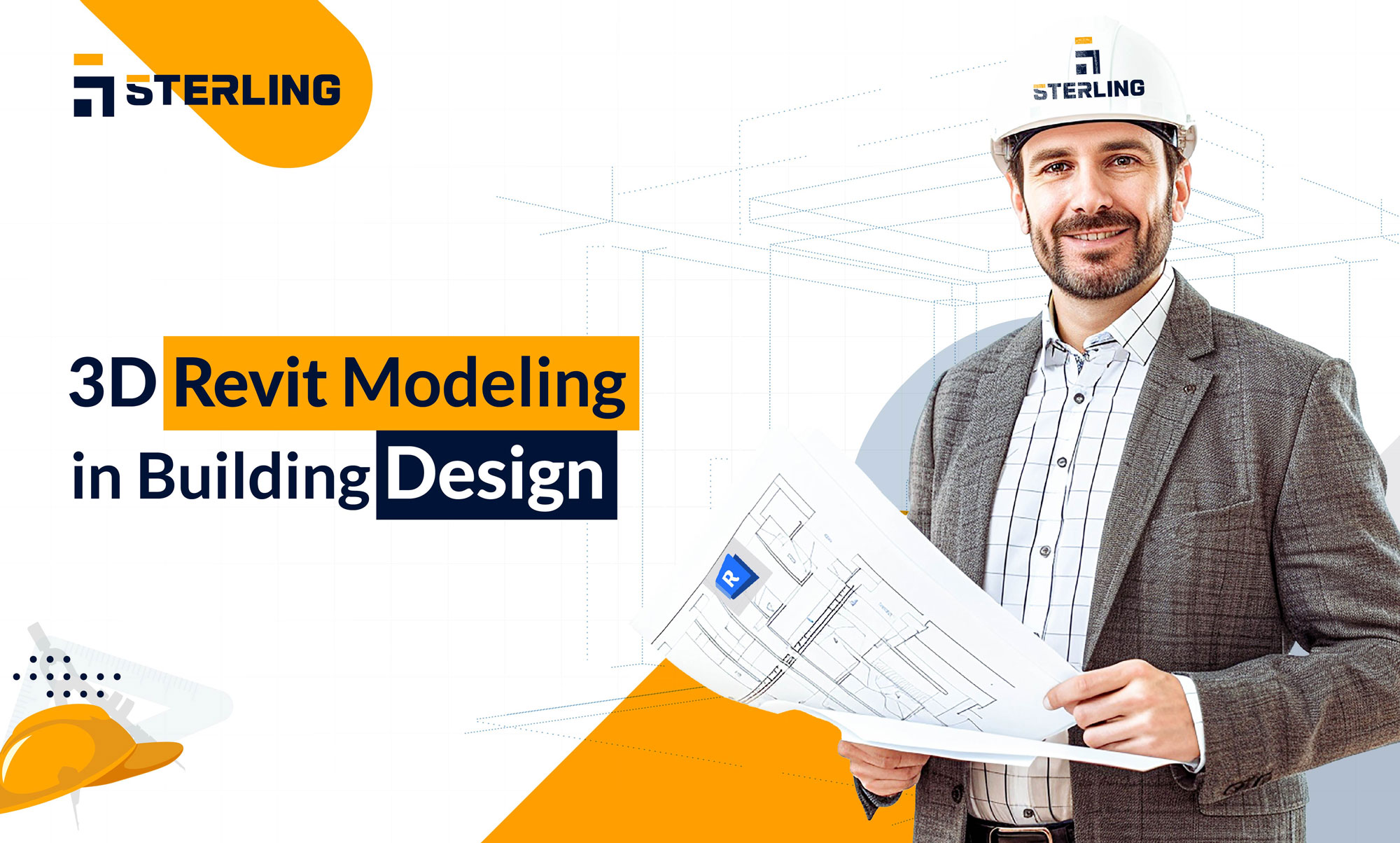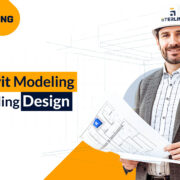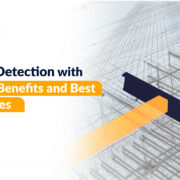
The Importance of 3D Revit Modeling in Building Design
Building design has seen remarkable advancements with the introduction of various 3D modeling software tools that enhance precision, efficiency, and collaboration. The 3D modeling market was estimated at USD 2.316 billion in 2021 and is likely to grow at a CAGR of 15.49% during 2022-2028 to reach USD 6.33 billion in 2028.
Among these tools, Autodesk Revit is a powerful Building Information Modeling (BIM) software incorporating 3D modeling capabilities. Revit’s 3D modeling features revolutionize the building design process, offering numerous benefits that streamline project workflows and improve overall outcomes. This blog explores the importance of 3D Revit modeling in building design.
Importance of 3D Revit Modeling
- Enhanced Visualization: Revit allows designers to create highly realistic 3D models that clearly represent the final building. This helps stakeholders, including clients and contractors, to better understand the design intent. Moreover, the ability to conduct virtual walkthroughs of the building model enables designers and clients to experience the space as it will be in reality, making it easier to spot potential issues and make informed decisions.
- Improved Accuracy and Precision: The 3D Revit modeling tools enable the creation of detailed and precise building models, reducing the chances of errors and discrepancies in the design. When any parameter is changed, the software recalculates and adjusts associated elements like schedules, dimensions, and documentation. This level of precision minimizes errors, enhances consistency across all project views, and helps architects and engineers produce reliable, coordinated 3D models.
- Enhanced Collaboration and Coordination: Revit’s multidisciplinary integration allows architects, engineers, and contractors to work on the same 3D model simultaneously. This fosters better collaboration and reduces conflicts between different disciplines. Furthermore, Revit’s clash detection tools help identify and resolve conflicts between various building systems (e.g., HVAC, plumbing, electrical) early in the design phase, preventing costly rework during construction.
- Efficient Project Management: 3D models in Revit save significant time compared to traditional 2D drafting methods. This efficiency extends to all project stages, from initial design to final construction. By integrating resources such as materials, labor, and equipment into the building information model (BIM), Revit helps project managers better plan and allocate resources. This feature also helps in cost estimation and project planning, ensuring that projects stay on schedule and within budget.
- Enhanced Sustainability: Revit’s integrated analysis tools enable designers to evaluate the energy performance of their building models. This supports the creation of more energy-efficient and sustainable designs. The ability to simulate different materials and construction methods in a virtual environment helps designers choose the most sustainable and cost-effective options.
- Better Documentation and Reporting: Revit automatically generates detailed and accurate construction documentation, including floor plans, elevations, sections, and schedules, directly from the 3D model. Any changes to the 3D model are instantly updated in the documentation, ensuring that all project information remains current and accurate.
- Cost Efficiency: Precise 3D modeling helps estimate materials accurately, reduce waste, and minimize unnecessary costs. Revit’s ability to produce detailed quantity take-offs and cost estimates from the model aids in better budgeting and financial planning.
- Improved Client Satisfaction: The visual clarity provided by 3D models helps better communicate with clients, allowing them to see exactly what they will get and make informed decisions. Clients can provide feedback early in the design process, which can be quickly incorporated into the model, leading to a final design that meets their expectations and needs.
- Future-Proofing Designs: Revit’s 3D models are scalable, meaning they can be easily modified to accommodate future changes or expansions. The detailed 3D models are valuable assets for facility management post-construction, aiding in maintenance and future renovations.
- Automated Database: Revit’s automated database has the ability to manage and update building information across all project views. It allows users to automate tasks such as generating schedules, updating model parameters, creating complex geometry, and managing documentation. This increases efficiency, reduces human error, and allows designers to focus more on creative aspects. Tools like Dynamo for Revit, a visual programming environment, significantly automate workflows and enhance project outcomes.
- Creating Custom Families: Revit allows users to create unique, reusable components tailored to specific project needs. Revit families are the building blocks of a 3D model, encompassing elements like doors, windows, furniture, and MEP systems. Custom modeling enables the creation of parametric families with adjustable dimensions, materials, and other attributes. This flexibility allows designers to generate specific, non-standard components that can be easily modified and reused across different projects, enhancing design accuracy, creativity, and efficiency in building information modeling (BIM).
Conclusion
The integration of 3D modeling in Revit has transformed the building design process, offering unparalleled benefits in terms of visualization, accuracy, collaboration, and efficiency. By leveraging Revit’s capabilities, designers can create more sustainable, cost-effective, and client-focused buildings, ensuring successful project outcomes and long-term satisfaction. As the construction industry continues to evolve, the importance of 3D modeling in tools like Revit will only grow, making it an essential component of modern building design.
With a cumulative SME experience of 20 years in providing design support services, our team is dedicated to providing expert drafting and 3D Revit modeling services for our clients. Contact us today to learn more about how we can help resolve your project challenges.
Talk to Our Expert
All Categories
Recent Posts
MON-SAT 8:00-9:00
+91 69 863 6420




